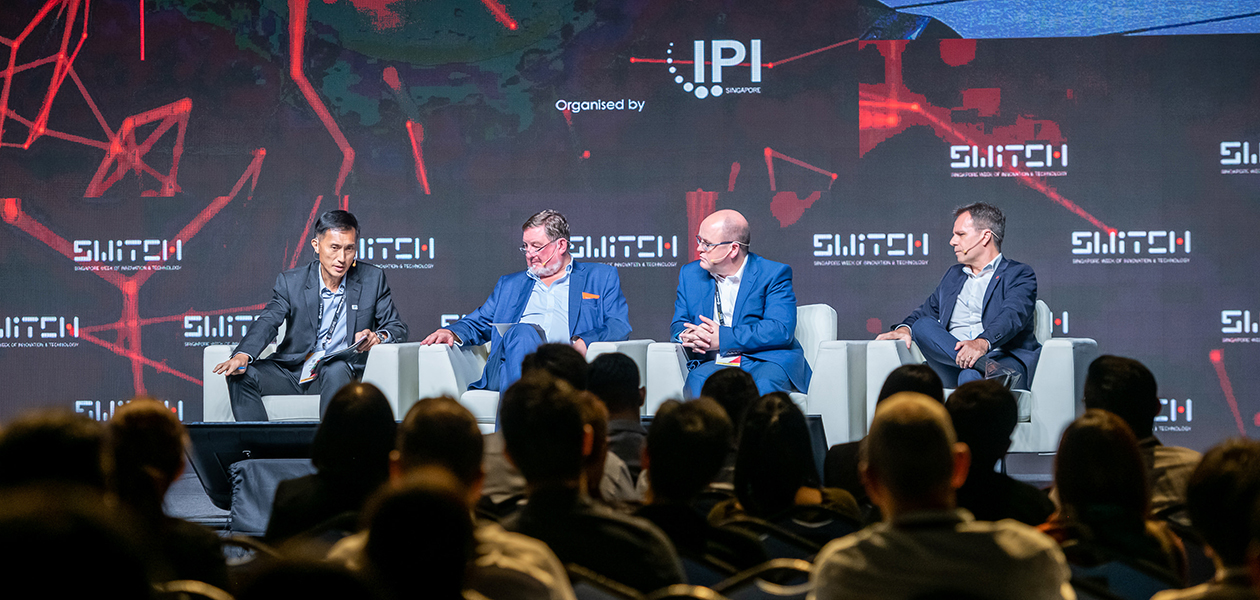During the ‘Future of Open Innovation’ panel at TechInnovation 2019, experts highlighted how internal organisational culture and cross-cultural relationship-building influences open innovation.
First introduced in 2003 by organisational theorist Dr Henry Chesbrough, the term ‘open innovation’ is no longer just another academic buzzword. Open innovation, or the practice of active ideation and collaboration with external organisations, is widely being adopted by companies as a new strategic model for innovation.
In fact, some of the world’s most influential companies—including household names like Google, Apple and Amazon—strongly rely on external innovation. According to BCG’s Most Innovative Companies 2019 Report, 75 percent of the top 50 most innovative companies use incubators, 81 percent leverage academic partnerships while 83 percent partner with other companies. Clearly, to remain ahead of the pack, open innovation is the way to go.
How, then, can companies move towards open innovation? This was the question of the hour at the ‘Future of Open Innovation’ panel, held during IPI’s TechInnovation on 11 November 2019. Here are a few highlights from the discussion.
Changing a culture
Traditionally, companies have treated innovation almost like a jealously-guarded secret—a proprietary activity conducted only by select insiders. But this costly, long-term model of in-house R&D is threatened by the rapid pace of technological advancement.
To keep up, companies are being challenged to turn to new models like open innovation. According to Albert Pozo, Chief Digital Officer of SATS, external collaboration is necessary to solve the complex problems that today’s companies face. The benefits of collaboration are greater than secrecy, he remarked.
And yet, there are instances where not everyone seems to be on board. Although outwardly these companies conduct calls for open innovation, they treat it solely as an academic exercise. Few or no deep collaborations are generated, said Wong Lup Wai, panel moderator and CEO of IPI.
For Dr Philip Bolton, Outside Innovation Director at RB, naysayers need to accept that open innovation is inevitable. Changing this mindset, however, starts with the top management. “If you drive a culture of open innovation, it starts to happen,” said Dr Bolton. However, he cautioned that some initial resistance is to be expected as people and processes take time to adapt.
Transformation from within
The entire company must be unified in pursuing open innovation, the panellists agreed. To encourage a mindset of open innovation within organisations, Professor Ric Parker, Chairman of the Singapore Aerospace Programme and former CTO of Rolls-Royce, advised employees to visit potential partners at universities and incubators. At the same time, people from universities should also be invited to spend time inside companies to understand how technology is applied, he noted.
Nonetheless, some faculty members at universities still view commercial research as being ‘tainted’ by business interests, Professor Parker said. This could cause institutes of higher learning to miss out on rewarding opportunities for industry partnerships. Should such faculty refuse to be convinced of the benefits of open innovation, Professor Parker shared one more piece of advice: “If you can’t change the people, change the people.”
Another misconception the speakers pointed out was that open innovation only suits the needs of large companies. On the contrary, small and medium-sized enterprises (SMEs) also stand to gain from adopting an open innovation mindset, said Pozo. In fact, the ability to tap on an external partner for ideas, resources and talent may well be the springboard for SMEs to grow and access new markets.
Collaboration across borders
Many of the technologies that generate innovative products have emerged from the convergence of companies around the world. Thus, cross-cultural understanding is the key to open innovation in an increasingly international setting. Teams need to be globally spread to better navigate cultural subtleties, said Dr Bolton.
Cultural differences, for instance, are apparent in the ways countries enforce intellectual property (IP) regulations. In the US, universities have primary ownership of patents, recalled Professor Parker, whereas in Japan and Germany, individuals with patents receive corresponding bonuses in their salaries or even pensions.
Reaching a shared understanding among collaborators, however, requires patience. “It can take time—even years to get to the point of being ready to do business,” emphasised Dr Bolton. Invoking principles such as honesty, trust and transparency can also help overcome cultural barriers, he added. “The only way business happens is through relationships.”
The principles for external relationship-building can also be applied in invoking internal culture change. Transitioning to open innovation may not be the easiest for companies that have historically relied on in-house R&D, but the panellists’ experiences show that it is possible. Urging the audience to adopt open innovation as the future of business, Wong concluded the panel with a final call to action: “Just simply go open.”

